Why You Should Change Your Sewing Needle Every 8-10 Hours of Use
Ever had a project where the stitches just didn’t look right, your thread kept breaking, or your fabric seemed to snag for no reason? The culprit might not be your technique or thread—it could be your sewing machine needle!
Many sewists don’t realize that needles aren’t meant to last forever. In fact, you should swap out your needle every 8 to 10 hours of active sewing to keep your stitches looking sharp and your machine running smoothly. Let’s talk about why this tiny change makes a huge difference.
Why Regular Needle Changes Matter
1️⃣ Prevents Skipped Stitches
A dull needle struggles to pierce fabric properly, which can lead to uneven stitching or those frustrating gaps where stitches should be. A fresh needle glides through effortlessly, keeping your seams secure and even.
2️⃣ Protects Your Fabric
A worn-out needle can snag, pull, or even punch visible holes in your fabric—especially delicate materials like silk or chiffon. A smooth, sharp needle treats your fabric with care.
3️⃣ Reduces Wear on Your Machine
A bent or dull needle forces your sewing machine to work harder, which can throw off timing and even cause long-term damage to internal components. Replacing your needle regularly is a small act of maintenance that helps extend the life of your machine.
4️⃣ Delivers Clean, Professional Results
You know that crisp, even stitching you see in store-bought garments? That’s what a fresh needle can do. A dull one, on the other hand, can create messy, uneven stitches that make your project look less polished.
How to Tell When It’s Time for a New Needle
- A popping or clicking sound while sewing
- Skipped or uneven stitches
- Thread breaking or fraying excessively
- Fabric puckering or snagging
If any of these sound familiar, it’s time for a quick needle swap!
Choosing the Right Needle for Your Project
Not all needles are created equal! Using the right type for your fabric makes a huge difference in stitch quality and overall sewing ease. Here’s a quick guide:
- 🔹 Ballpoint needles → Perfect for knits (won’t break the fibers!)
- 🔹 Microtex needles → Ideal for delicate fabrics like silk or fine cotton
- 🔹 Denim needles → Designed for thick, heavy fabrics like jeans and canvas
- 🔹 Universal needles → Great for basic sewing on woven fabrics
💡 Pro Tip: If you’re working on a big project, like quilting or sewing thick materials, you might need to change your needle even sooner than 8-10 hours. Pay attention to how your machine sounds and how your stitches look!
The Bottom Line
Changing your needle is one of the simplest yet most overlooked steps in sewing machine maintenance. But trust me—this tiny habit can save you frustration, protect your fabrics, and even prolong the life of your beloved machine. So the next time your stitches seem off, don’t blame the thread or tension settings. Check your needle first!
👉 Need more sewing tips?
Stick around for expert advice to keep your projects looking flawless! And check out the full line of Sewing and Quilting needles here: Sewing & Quilting Machine Needles


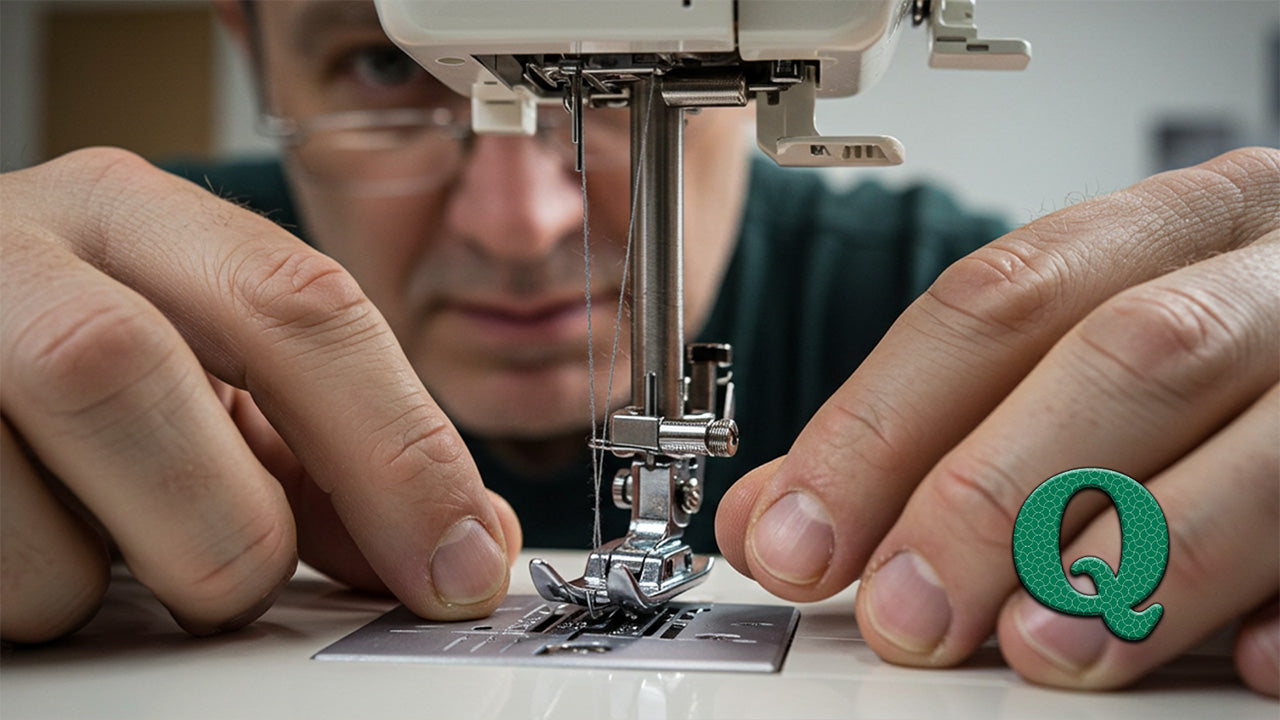
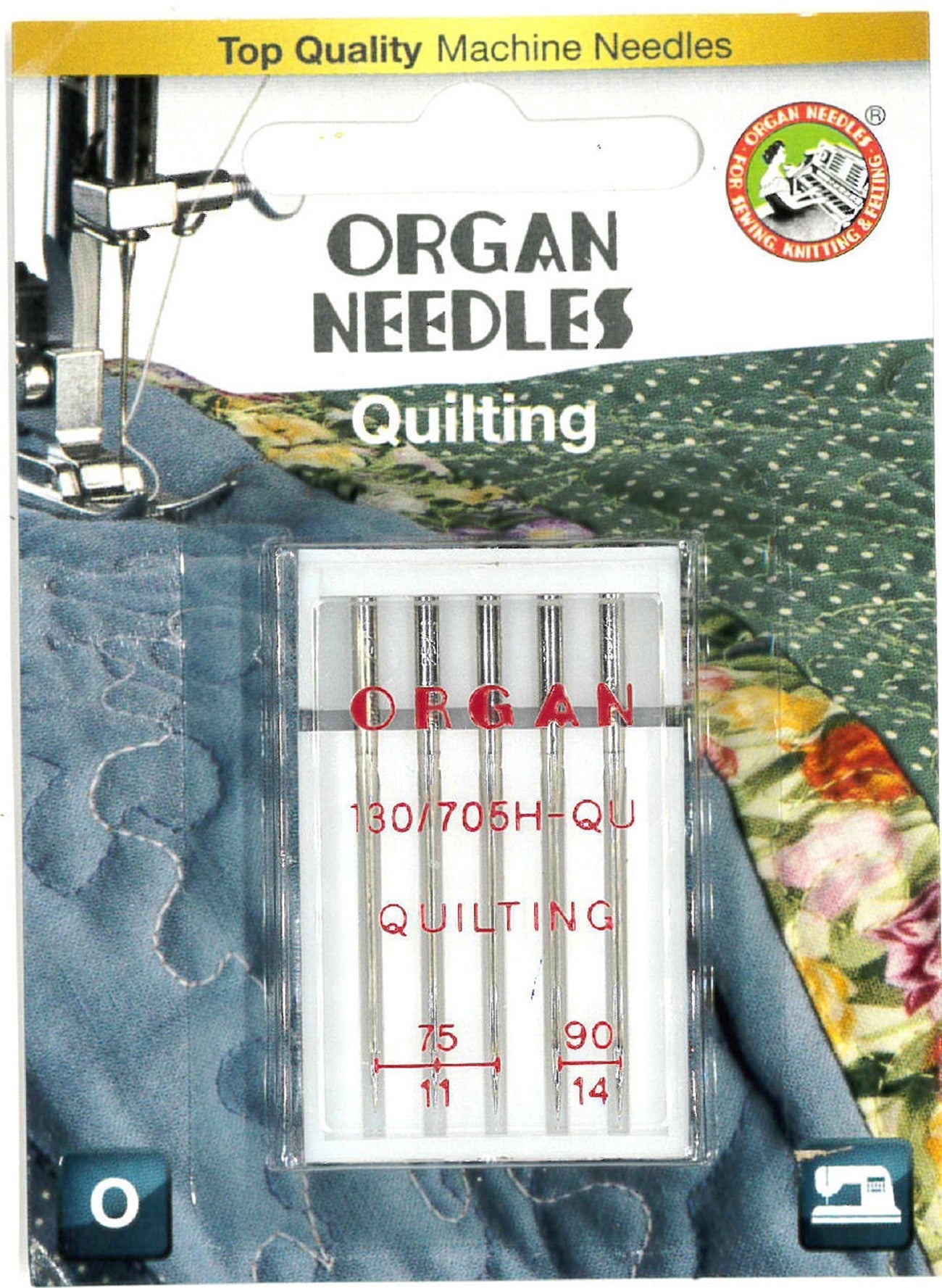
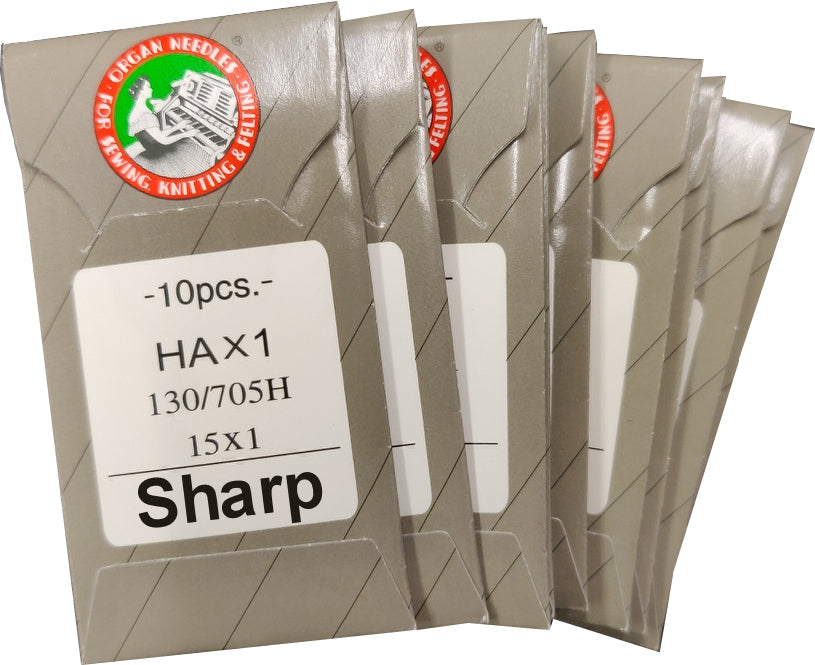
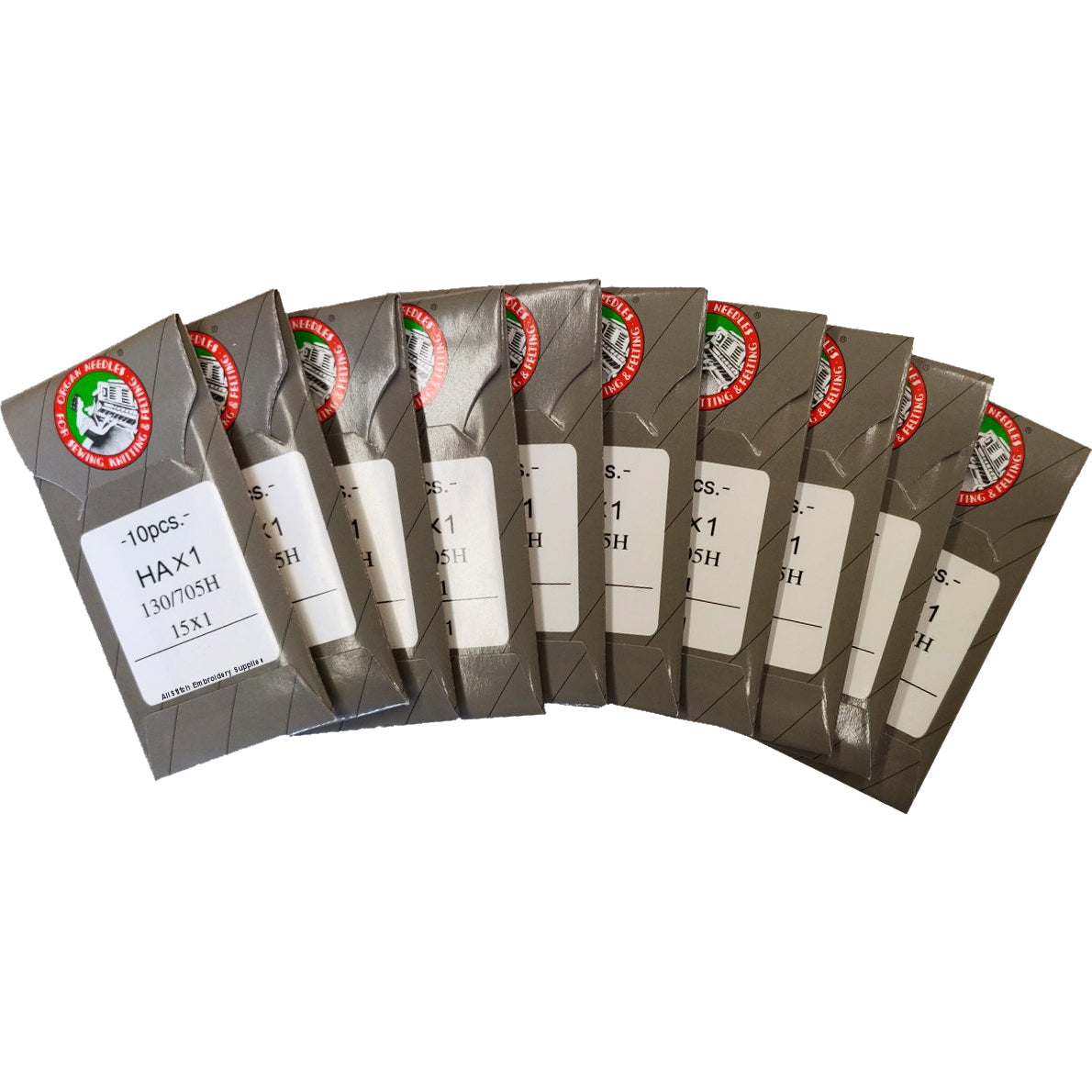
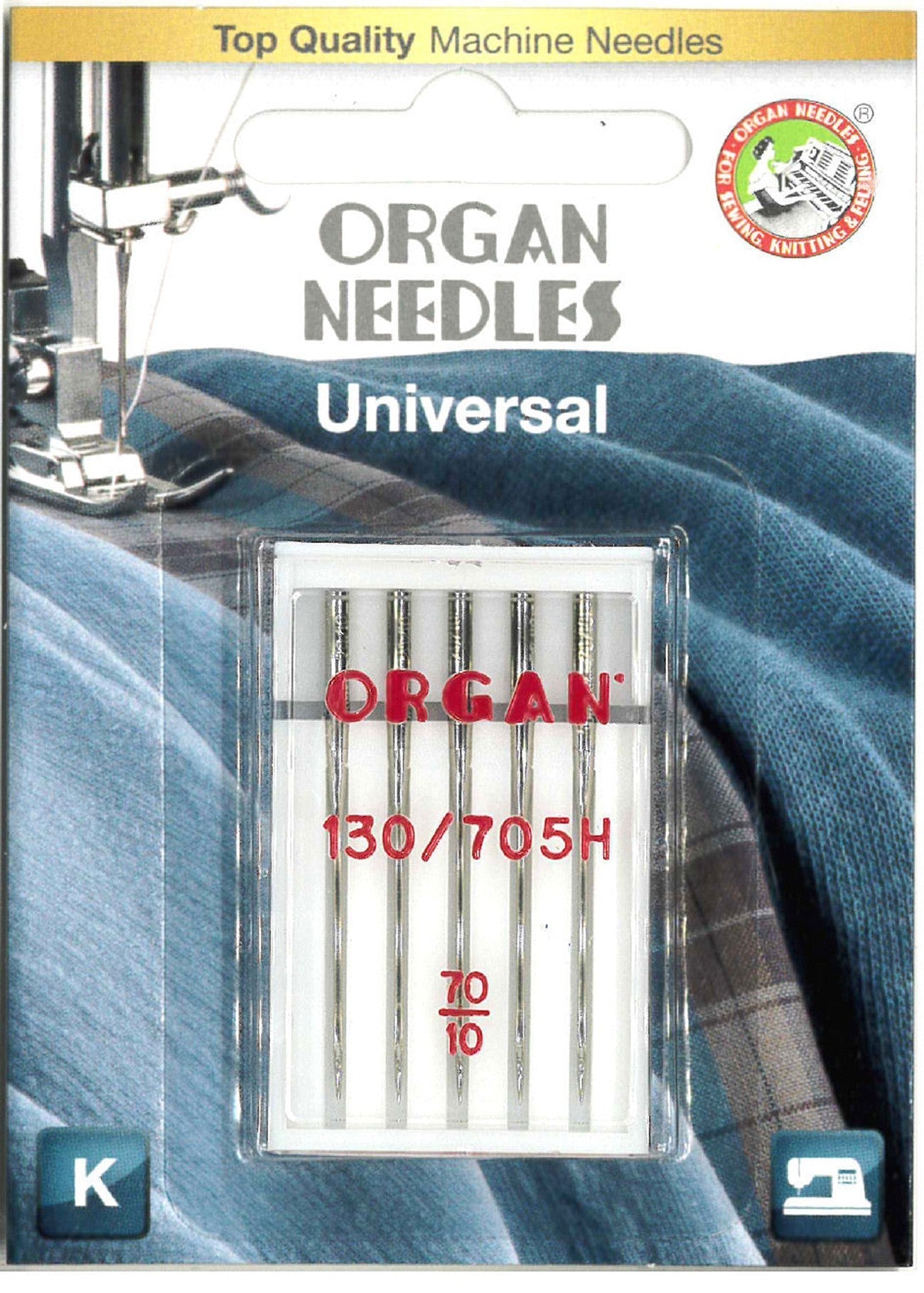
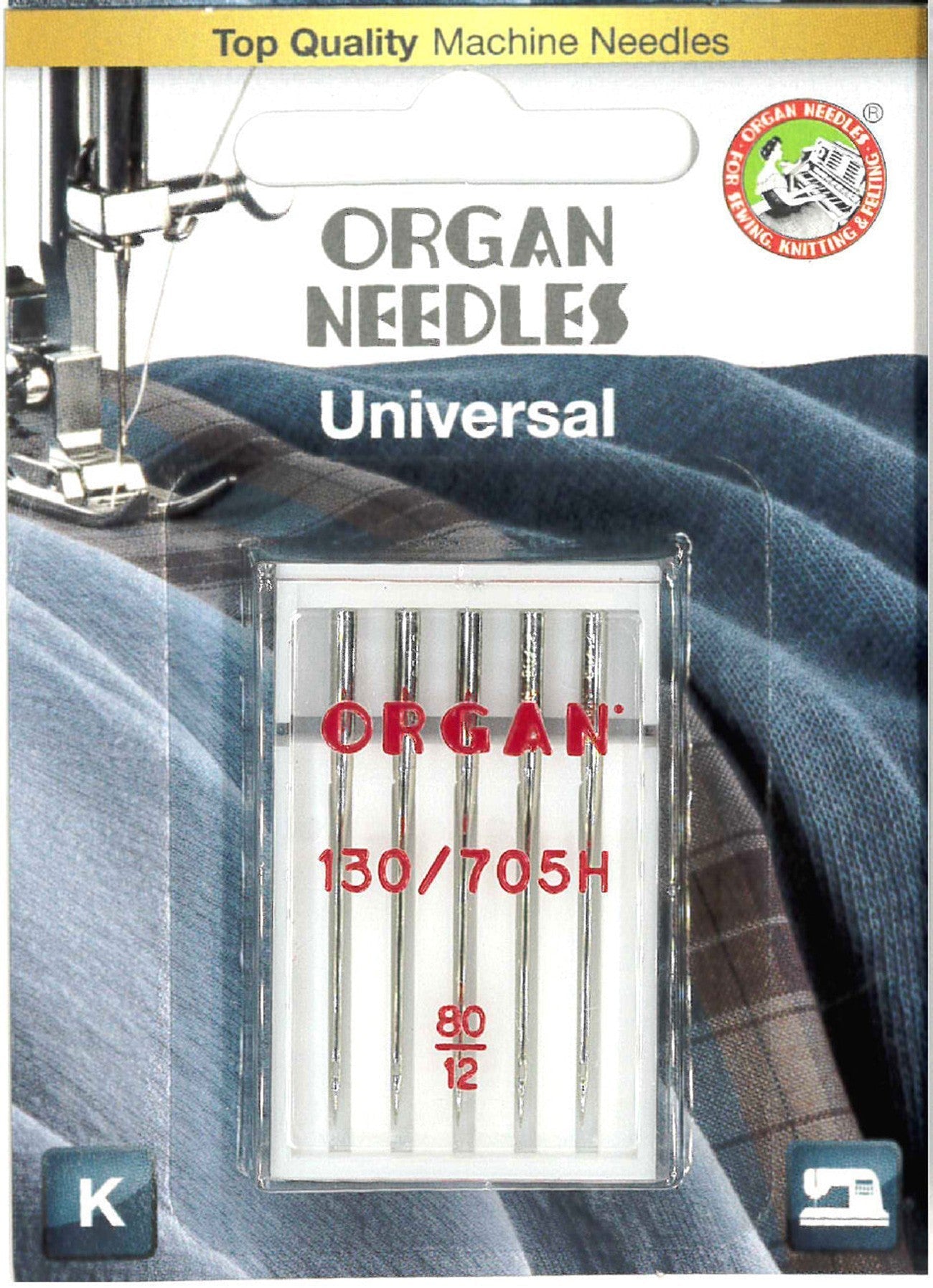
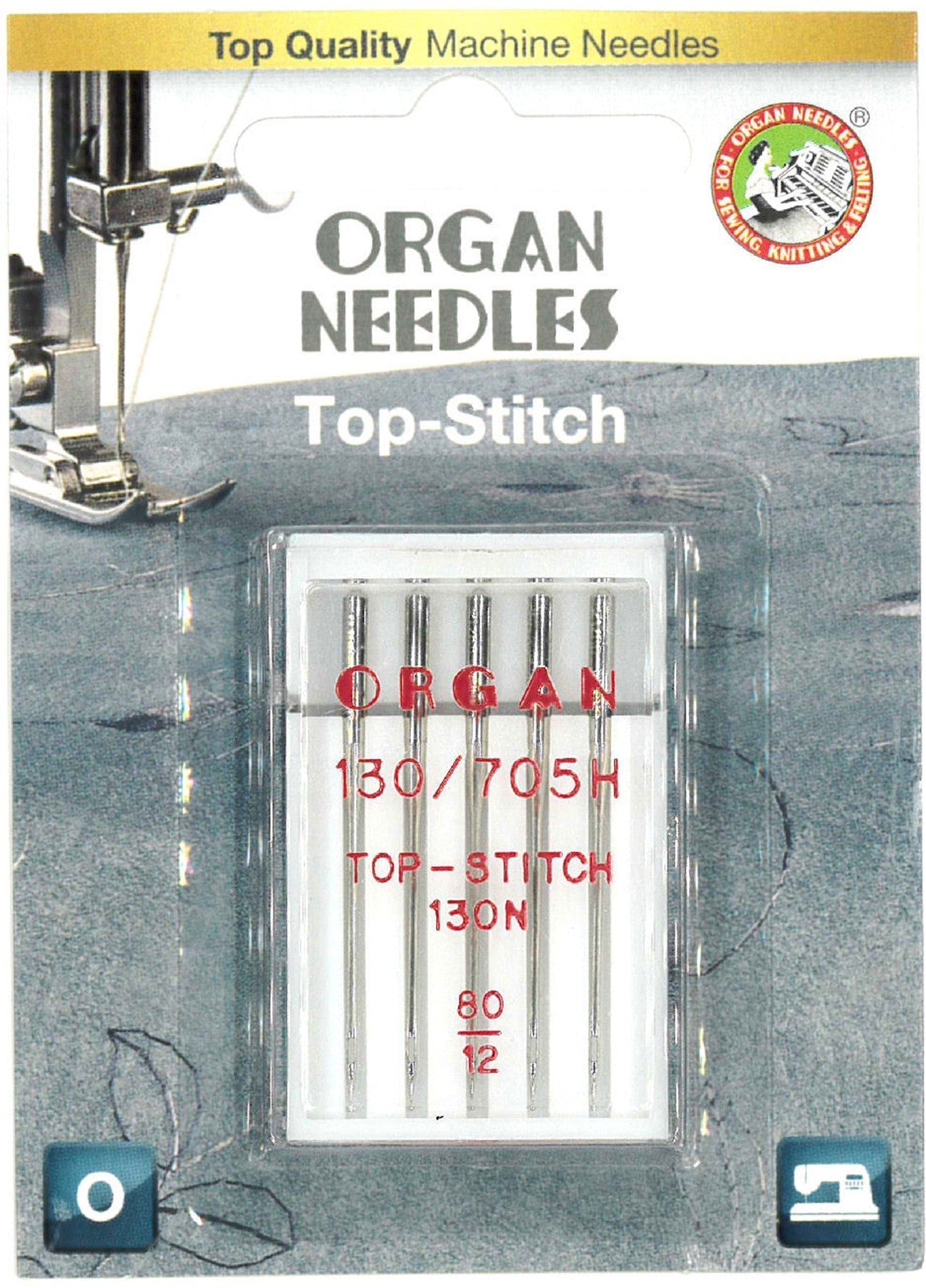
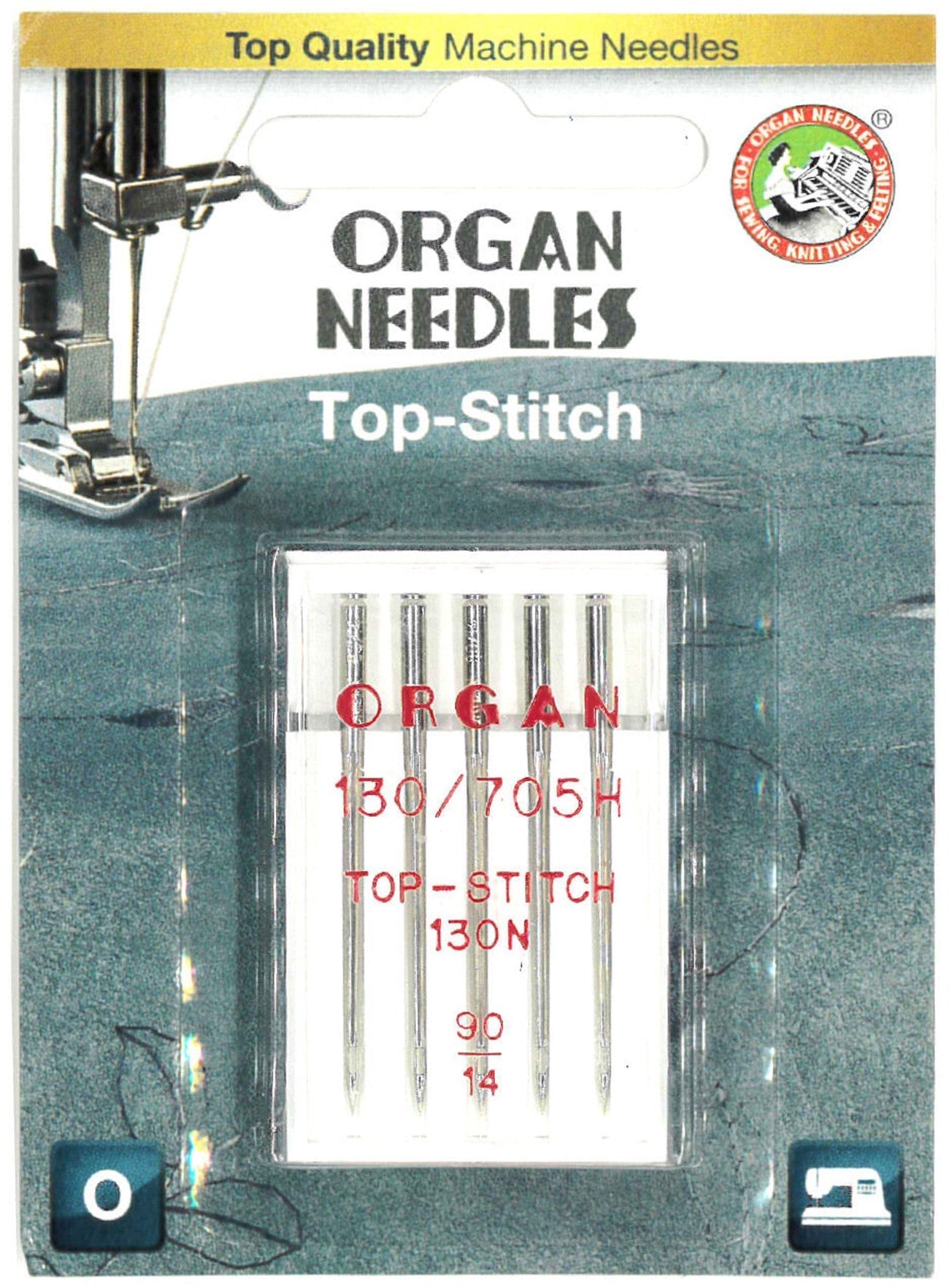

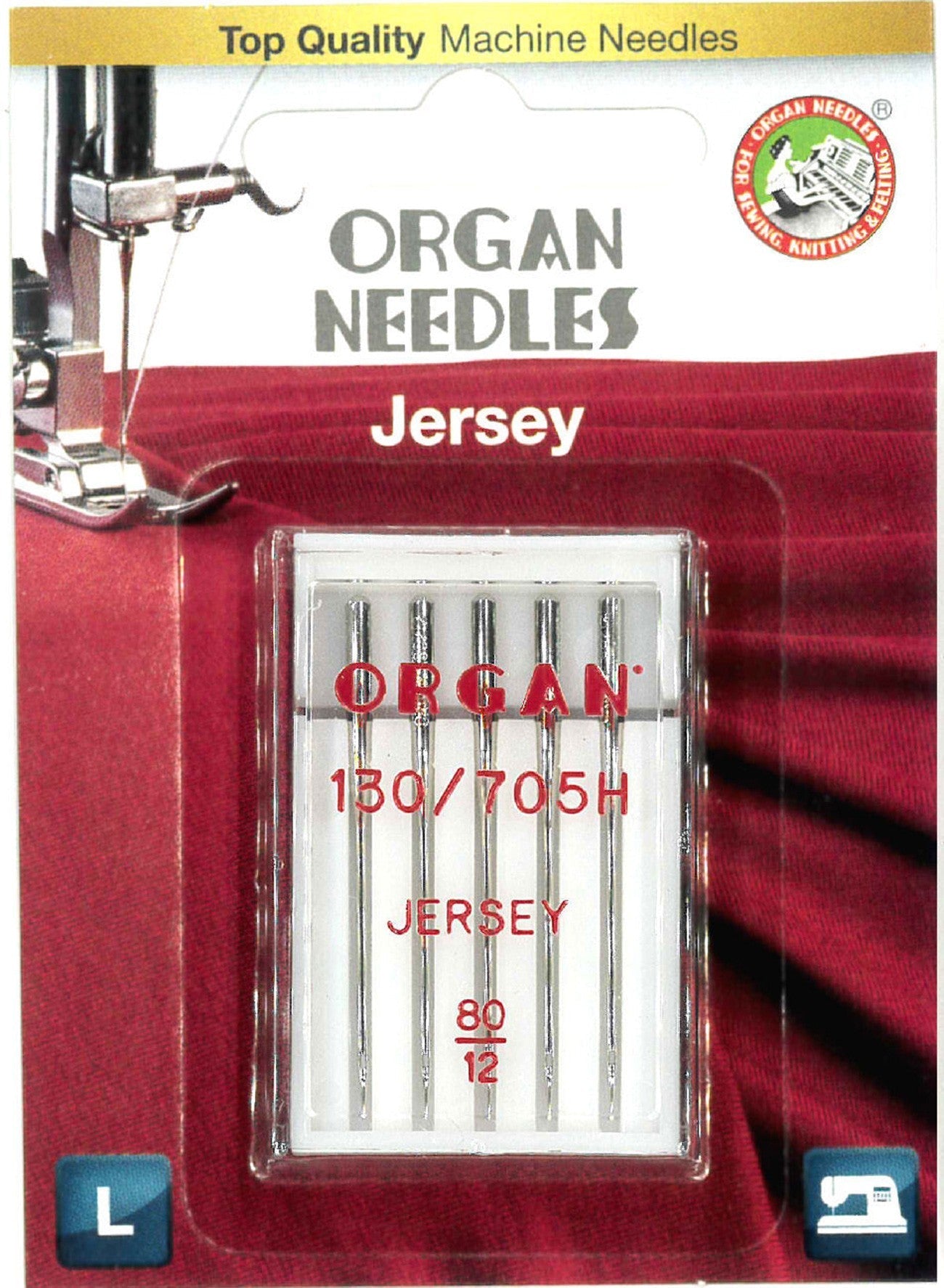
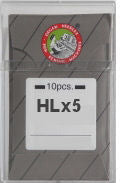
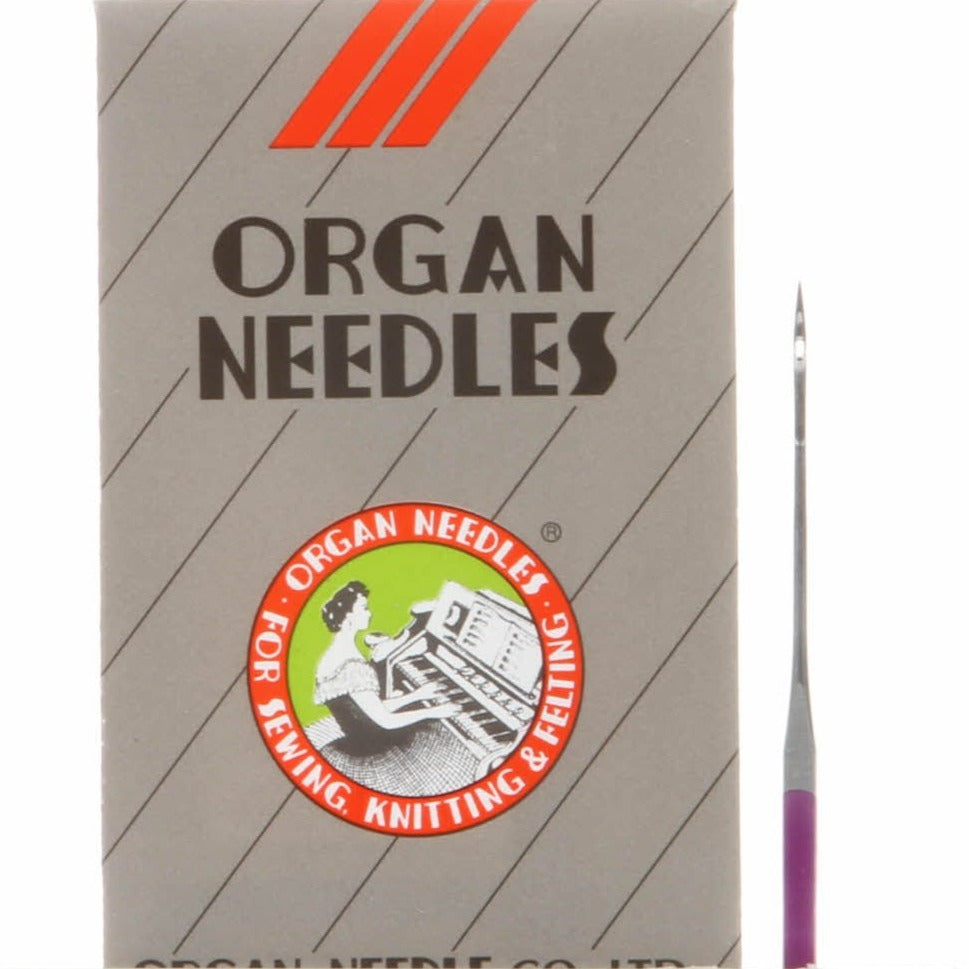
Leave a comment